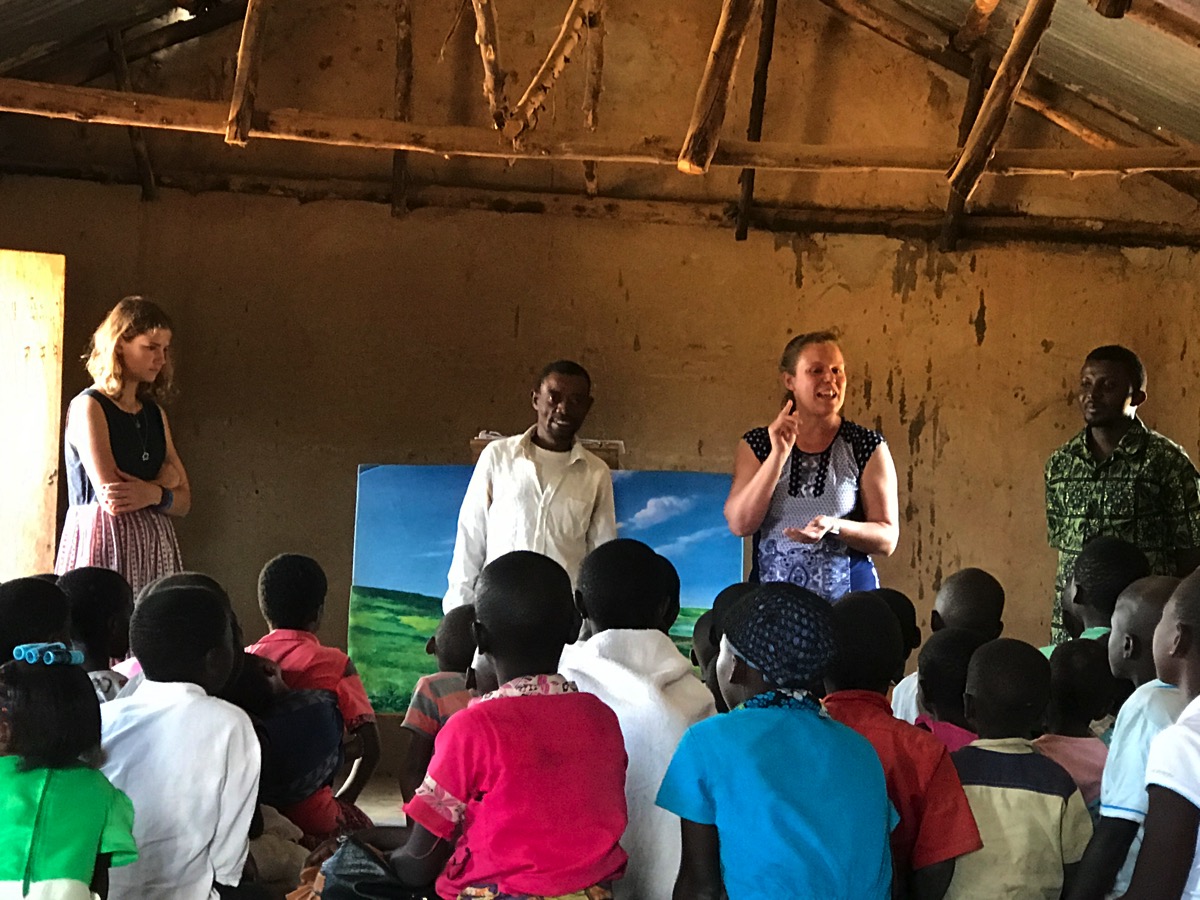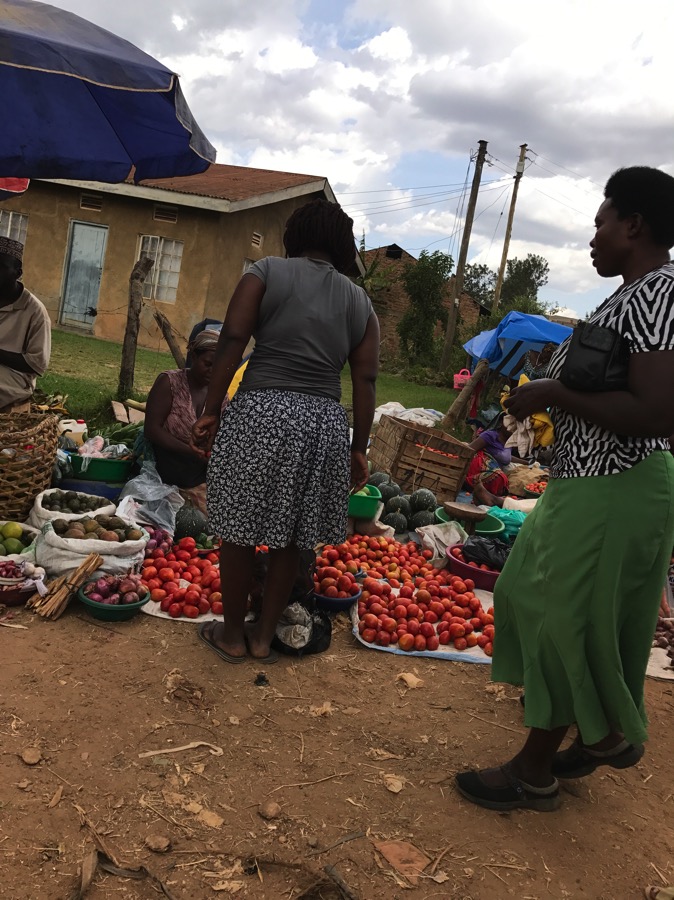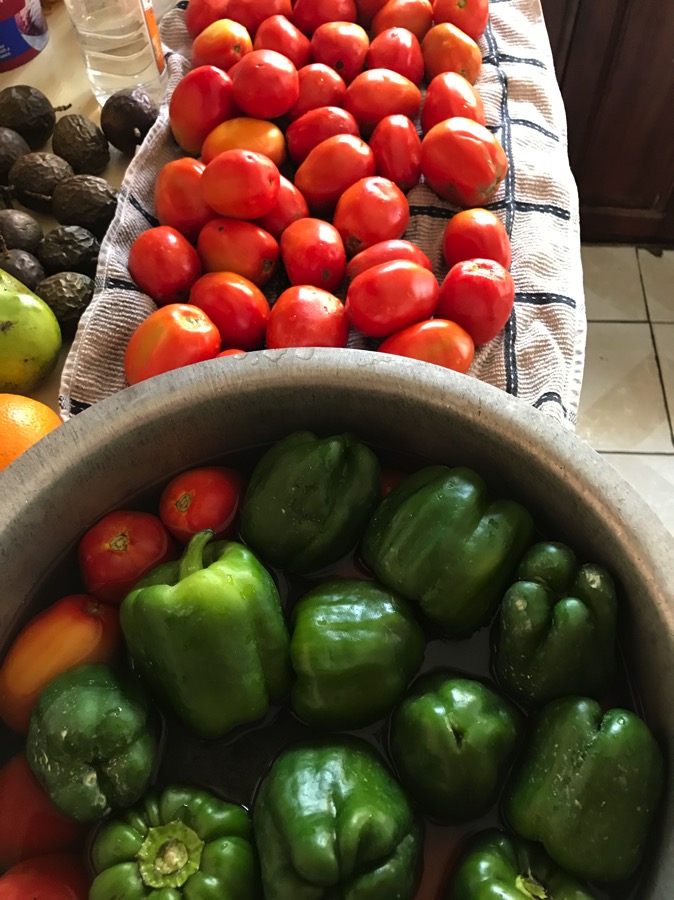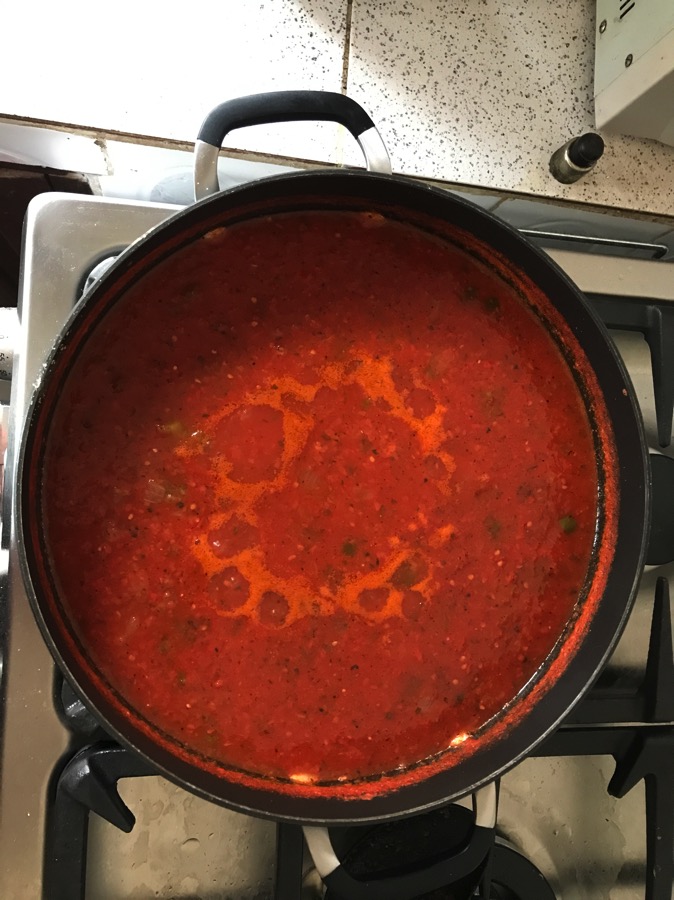MISSION: Uganda Blog Post 06-29-2017
Greetings! My wife, Anna’s, blog posts pretty well sum up the chaos and confusion of international travel. They are worth reading if you want a more detailed view of what missionaries deal with just getting back to the field. It’s a madhouse!
The last month before the big trip is intensely stressful. We spent a lot of time getting packed, re-packed, re-re-packed, and so forth until Anna got us drilled down to the maximum amount of luggage allowed, and a couple extra pieces. Having done this before, we are both well aware of all the many, many things that can go wrong. You wind up lying awake worrying about the pending disaster that could be yours for the low, low price of just 8 plane tickets!
Thank you all so much for praying! This trip went very smoothly. We managed to get all our luggage to Chicago by train, then from there by plane to Uganda with nothing lost, stolen, or damaged. I am amazed by how well it all went. The good people of Northwest Bible Baptist Church in Elgin, IL went above and beyond the call of duty, helping us get from the train station to the college where we would be staying over the weekend, then from there to the airport on Monday to begin our long journey to Uganda. The ticket agents with Delta were awesome. They only charged us for three of our overweight bags. I was anticipating much more, but with one act of kindness, they saved us a lot of money. The TSA in Chicago, as always, were professional and helpful. They opened everything I expected they would, but zip tied all the bins, and taped everything well.
Ssemuko brought us our new and improved Land Cruiser. I had saved enough money to be able to get a new engine put in, the 4WD fixed, and a myriad of other things repaired or replaced. It looks like a new car. Drives like one, too! Thank you everyone who helped with this unavoidable, necessary expense.
We are finally plugged back in, over jet lag, and living in a clean house. I have at last done all the many maintenance tasks that needed doing after our return, and we are settling back into the work well. It is such a blessing to be back, and busy with the ministry once again.
The week we got back, our female dog was in heat, and as a consequence, our male dog was more aggressive than normal. He attacked our youngest son, Gaelin, and tore his upper lip badly enough to need a skin graft. Thank God we live in Mbarara where all the doctors are! We got him to Mayanja Memorial Hospital right away, and the plastic surgeon came immediately to see him. We had him in the next morning to be operated on. He is healing, and the skin graft looks great. Pray for his recovery.
I have listed our goals in the last letter, so I won’t repeat those. I have the money needed to drill at least one well (and have been in touch with a man who drills village wells), buy a motorcycle to aid in getting a new church started among the Burundians, and buy some medicine and food.
Upon my return to our churches, I discovered that they are filled beyond capacity every Sunday and are in terrible condition. I would like to repair all our existing sanctuaries and keep those as a classroom for Sunday School, and build a new, larger sanctuary for each church. This would be a simple building without running water or electricity, padded pews, or carpet. In order to keep growing, this has to happen. Each church except Sangano needs its own baptistry and better toilets. In order to baptize properly, and get through the dry seasons alive, it has to happen. They all need water storage tanks. In order to avoid disease and privation, it must happen.
If I can do this, it will allow us to have Sunday School for the children, and church for the adults at the same time. This would allow us to be more efficient with our time. It would also allow me to do baptisms at each church. Please pray about helping us with this. It is expensive, but compared to the hundreds of thousands, even millions of dollars churches spend in America for their buildings, it’s a really good deal.
Here’s how it breaks down:
Each church will need approximately $15,000 for the new larger sanctuary.
A baptistry will cost $250 to construct.
The water reclamation tanks and guttering I mentioned before will cost $1500 each.
A new toilet with places for 4 (2 men and 2 women) will cost $2000.
Cost of repairs to the old buildings, including new metal doors and windows, will be approximately $5000 each.
Now, cast your gaze on even the simplest of your church buildings, and consider the numerous luxuries you enjoy, and the vast cost of your structures compared to these. It is not unreasonable. Please pray about helping us.
I’m going to work with what I have for now, and spend what has been given on the things for which they were given. They will be a blessing to many.
God bless you! Thank you for praying! Thank you for helping!
- Our church building at Isanja.
- Our door is off here because the termites have eaten the door frame.
- Anything made of wood they will eventually destroy. That’s why I want to replace the doors and windows with metal ones.
- The floors are pretty much like this at all the churches.
- The rain was quite bad last rainy season.
- More termite damage.
- An example of the toilets that need to be replaced.
- We call this a squatty potty. It needs to be replaced with something better.












